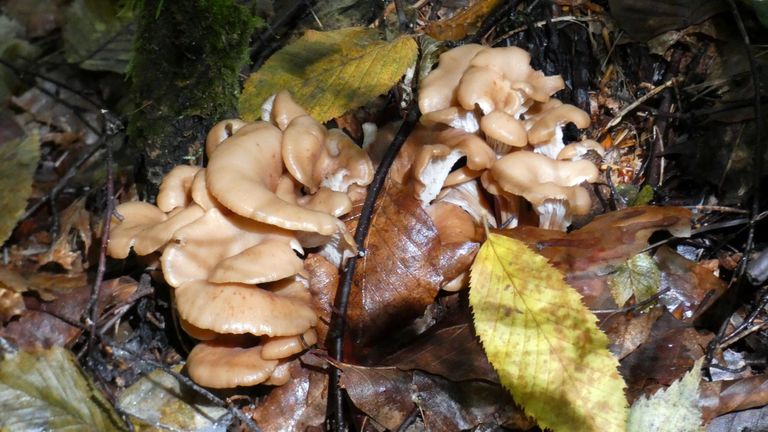
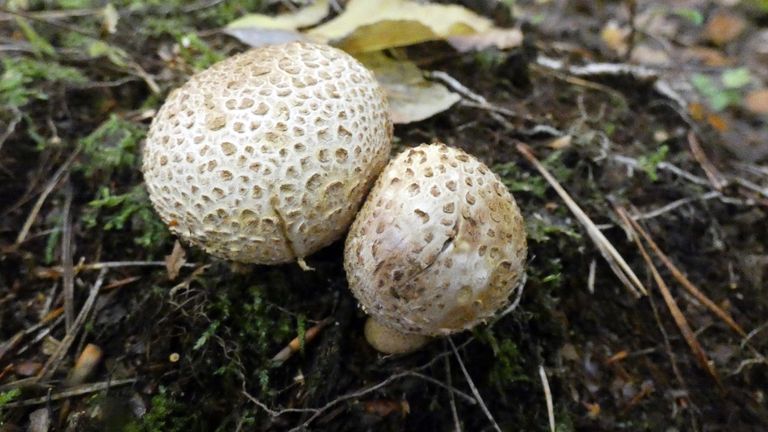

The end of July is the time when more and more different species of mushrooms appear in the forests. This is favored by cooler nights and higher humidity.

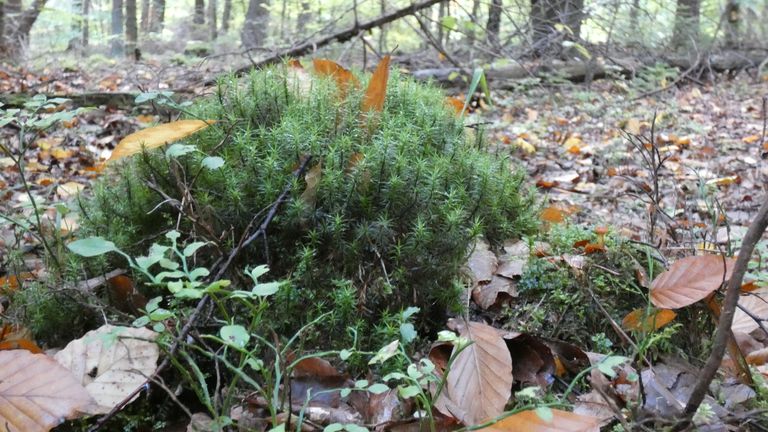
One such species is the lemon hookworm. Its name basically contains all its characteristic features. It just has thick cracked skin and a yellow or yellowish color.
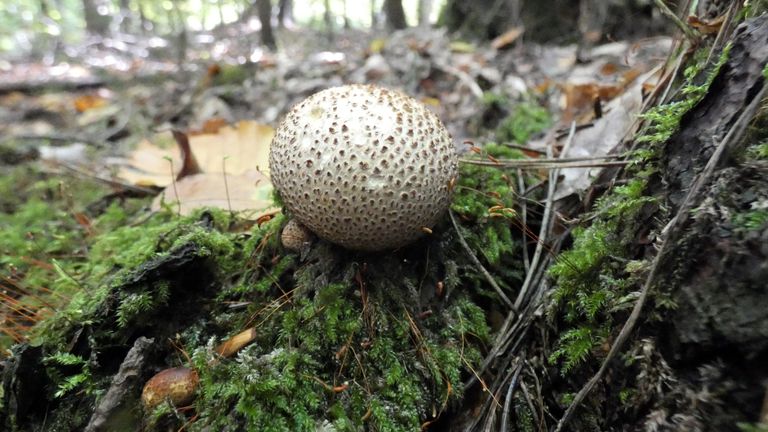
This mushroom usually has a spherical or oval shape, which can reach up to 15 cm in diameter. It has no stem, only thread-like thin fibres.
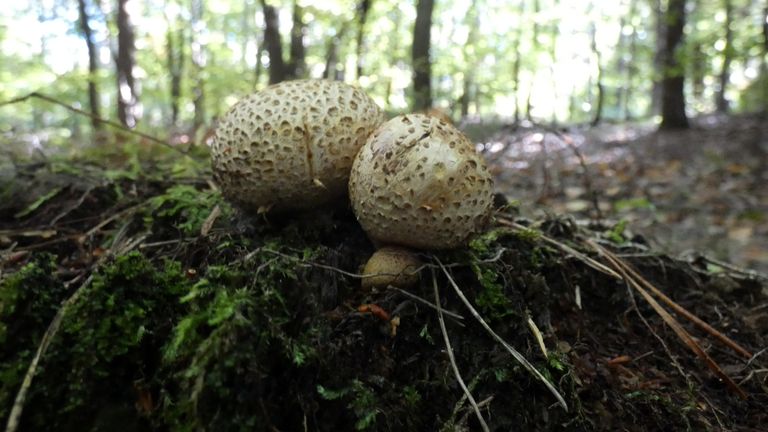
The color of the mushroom is most often yellow, but there are also brown, orange or lemon specimens. The cracked surface of the cap resembles sun-scorched earth, creating patches and scales.
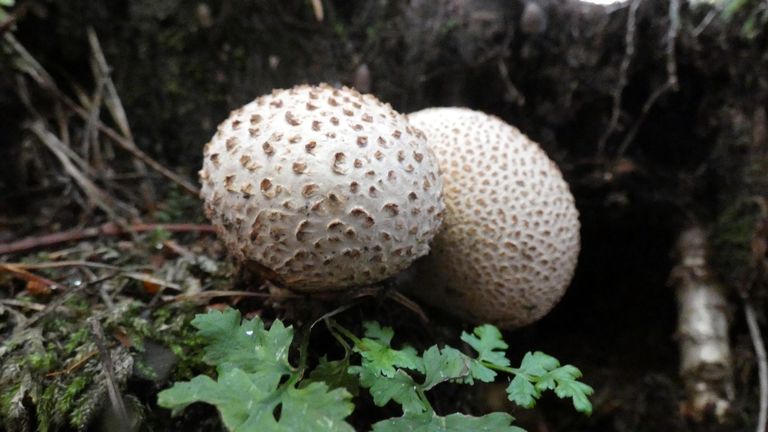
The shell or cover of the mushroom may be several mm thick. Inside, the so-called soil is white and fleshy in young fruiting bodies. With age, it darkens and becomes dark blue and finally turns into spore dust.
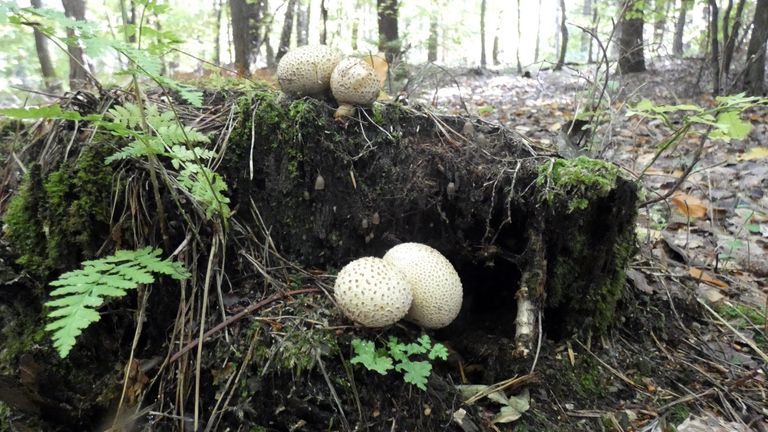
In quite mature mushrooms, the shell bursts open and spores are released, sometimes quite spectacularly like a volcanic eruption. They are blackish brown or dark brown in color.

Where can we find this mushroom? It's very common. It appears in early summer and grows until autumn in European conditions. Most often it grows in groups on the ground, in moss, on old stumps in coniferous or mixed forests, where the soils are poor, sandy.

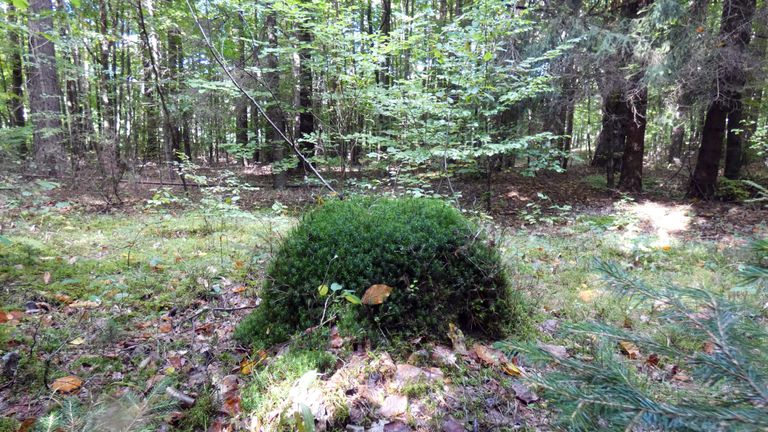
Pigskin poison puffball, or Common earth ball is an inedible mushroom, although some eat it. Jest is not a deadly poisonous mushroom, but eating large amounts can lead to very unpleasant gastric effects - so I advise against it. Often on its surface you can find an edible species of parasitic bolete.
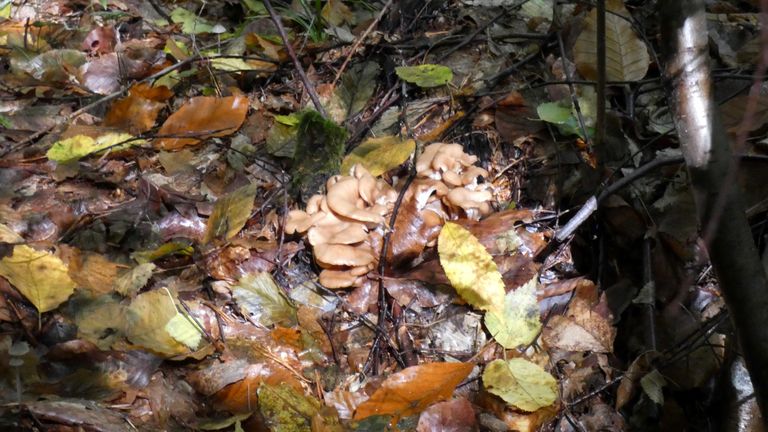
Walking through the Jurassic forests, I also came across some species of oyster mushroom. It grew on an old stump in a damp place. He was quite young and slightly cream in color. But I didn't take it to my kitchen.
